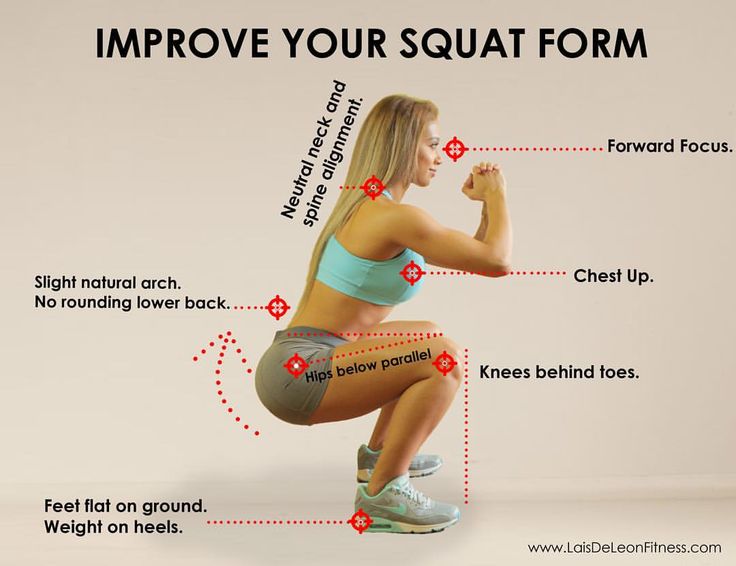Running's Forgotten Asset : Strength & Conditioning for Endurance
So you've signed up for that charity 10k in the midst of mince-pie-ridden guilt, and now you are in the changing rooms of the gym lacing up ready to slog out 40 minutes easy jogging in the Cardio area. After all, thats how you train for a run, right?
You may think you are doing the right thing, but sticking to the trusty treadmill day after day will mean you are missing on one of the most effective assets in the avid runner's armoury: strength training...
But the Weights Room is Only for the Shredded, Muscly Blokes, Right?
 |
Free weights have gained popularity in the last two decades, largely due to their well-documented benefits for the general population. Gym facilities have become more inclusive, welcoming, and community-based environments that cater for all abilities. Secondly, no longer is the humble bench restricted to anyone whose muscles defy the laws of biology; free weights have now become the everyday gym-goer's best friend!
How it works...
 By changing the type of training you do on a regular basis from solely cardio to a varied routine that involves a couple of weight training sessions every week, you will stimulate an increase in strength of your ligaments, tendons and other connective tissues. This will serve to massively reduce your chances of injury when you hit the roads attempting to hit a 5K PR!
By changing the type of training you do on a regular basis from solely cardio to a varied routine that involves a couple of weight training sessions every week, you will stimulate an increase in strength of your ligaments, tendons and other connective tissues. This will serve to massively reduce your chances of injury when you hit the roads attempting to hit a 5K PR!
Furthermore, including more strength and power-based exercises, such as Box Jumps, Step-Ups, Ski Jumps & Burpees improves neuromuscular coordination. This is a posh way of saying how the speed of instructions sent from the Central Nervous System to each individual muscle increases significantly, ultimately meaning that you become more efficient with your movement. This could be the difference between running a good race and a great race!
Finally, most free-weights and bodyweight exercises involve a significant element of core activation as you are constantly aiming to maintain balance whilst moving through an exercise. The development of a strong core is a must-have on every runner's physiological CV as it reduces the chances of lower back pain or other spinal aches and pains.
So if I want to Run fast, I Need to Lift Weights...?
Practice bodyweight squats, hip-hinges and press-ups (or modified press ups) until you get confident with the different movements. At the gym, stick to a combo of fixed resistance machines and bodyweight exercises before trying squat under a loaded barbell (recipe for disaster...). This will help you to build a base level of strength and groove different movements so that when you start more advanced training methods, you will be primed for maximal #Gainz...
For more information on how to train for endurance with weights, feel free to contact me via: gripperpt@gmail.com, or check out this great article https://www.runnersworld.com/training/a20865330/weight-training-for-runners/.
Okay, but I have never lifted a Weight in my Life; Where do I Start?!
Building Stronger Legs
 To start off, you want to master the Big Daddy of Strength and Conditioning: the squat. As you become more competent with bodyweight squats, there are many different ways to add an external load to help ramp up the intensity and increase overall strength in the lower body.
To start off, you want to master the Big Daddy of Strength and Conditioning: the squat. As you become more competent with bodyweight squats, there are many different ways to add an external load to help ramp up the intensity and increase overall strength in the lower body.
- Deadlifts- Squatting's Best Man (just as important), Deadlifts are a great way to build rock-solid hamstrings and glutes, both of which are often regarded as weak points for runners
- Lunges -once you are strong enough, try progressing to explosive Plyo-Lunges to help build power and reap the benefits for your neuromuscular system
- Box Jumps- get the heart rate soaring with the brutal box jump. When included in a regular routine, these will help develop your anaerobic capacity to help you push through on that final kilometre!
Don't Forget about Upstairs...
- Hyperextensions/Supermans - these help to develop the stabilising muscles in the spine and lower back, whilst also hitting a bit of extra glute work (which, for many of us runners, is a big bonus...)
- Planks - a timeless legend of the world of Weight Training, planks are a great way to get accustomed to bracing your core properly, which will reduce the risk of injury when you are running.
- Overhead Press/Shoulder Press - this compound lift requires a bit more experience, but once you are competent, will activate your entire core whilst also building rock-solid shoulders.
The Final Word


